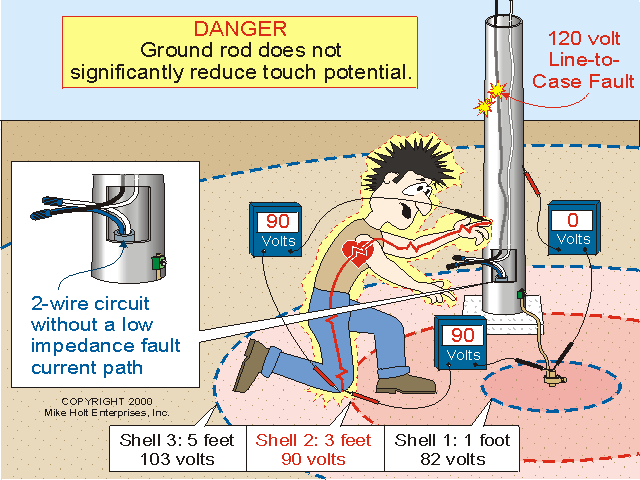brother
Senior Member
I have a question about the GROUNDING ELECTRODE CONDUCTOR. There's this parking booth where they take the money/tickets etc.. that is out side and technically it's not 'attached' to the main building. There was a run a feeder to the subpanel in the booth. Subpanel feeds several circuits.
This is an older booth, (I think about 5 to 7 years). It was my understanding that a GEC (2 ground rods) would 'technically' still been required. The 2008 NEC 250.32 is what I see here (I dont have my older code books in front of me). Also there are other 'metal' piping between this booth and the main building structure because they ran other circuits just outside of it to the main walkway close to it.
Since its out in the opening I can see lighting hitting it, (even though its 1 in a million). so my question is was a GEC required for this booth??
This is an older booth, (I think about 5 to 7 years). It was my understanding that a GEC (2 ground rods) would 'technically' still been required. The 2008 NEC 250.32 is what I see here (I dont have my older code books in front of me). Also there are other 'metal' piping between this booth and the main building structure because they ran other circuits just outside of it to the main walkway close to it.
Since its out in the opening I can see lighting hitting it, (even though its 1 in a million). so my question is was a GEC required for this booth??


